Ryman Auditorium
Introduction
Author-Uploaded Audio
Audio by Holley Snaith
Text-to-speech Audio
Images
The Ryman Auditorium
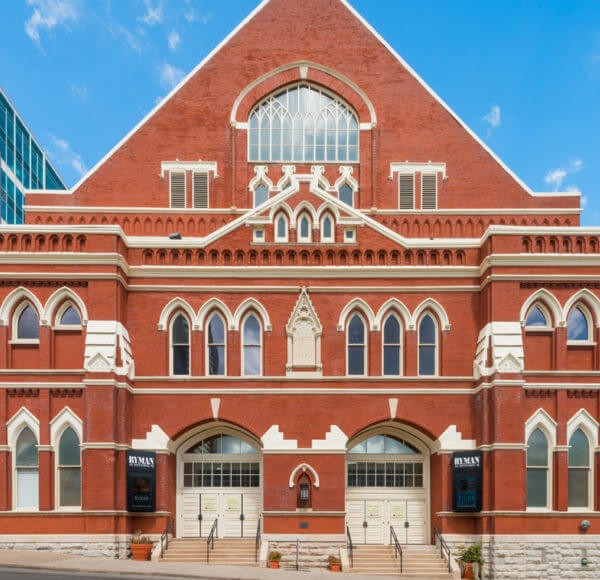
The Ryman Under Construction
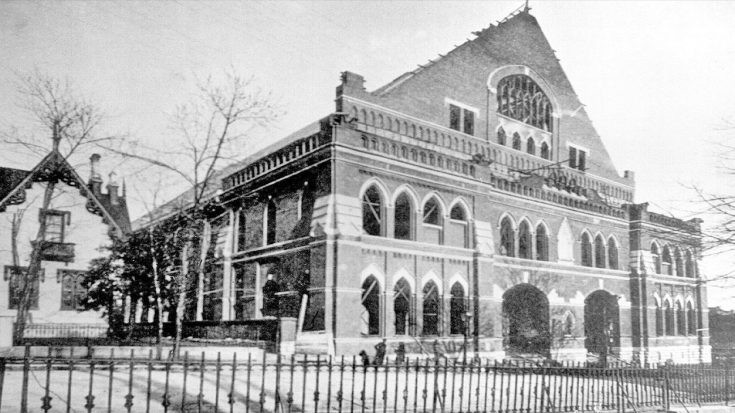
Thomas Ryman, Builder of the Union Gospel Tabernacle
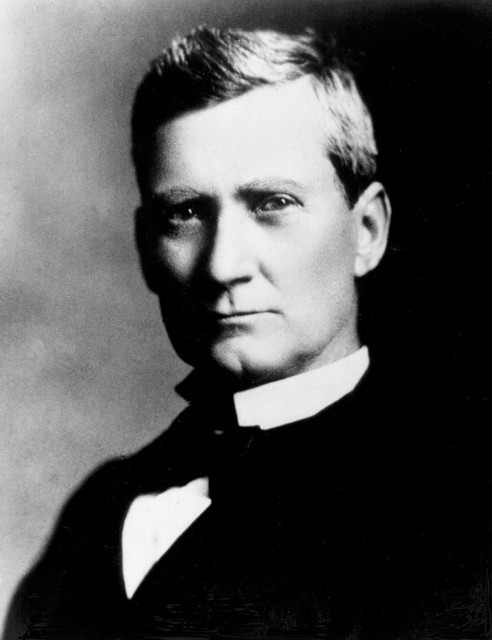
The Last Opry Show on the Ryman Stage, March 15, 1974
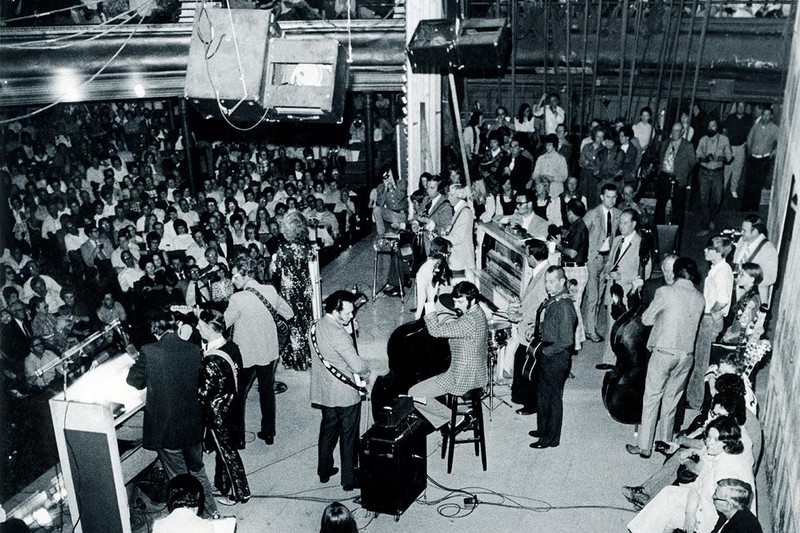
The Grand Ole Opry Cast On The Stage of the Ryman, Early 1960s
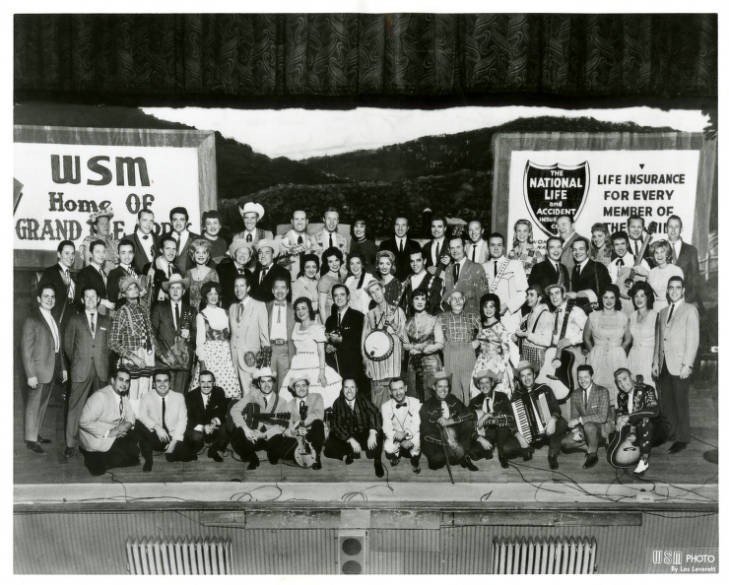
The Pews Inside the Ryman
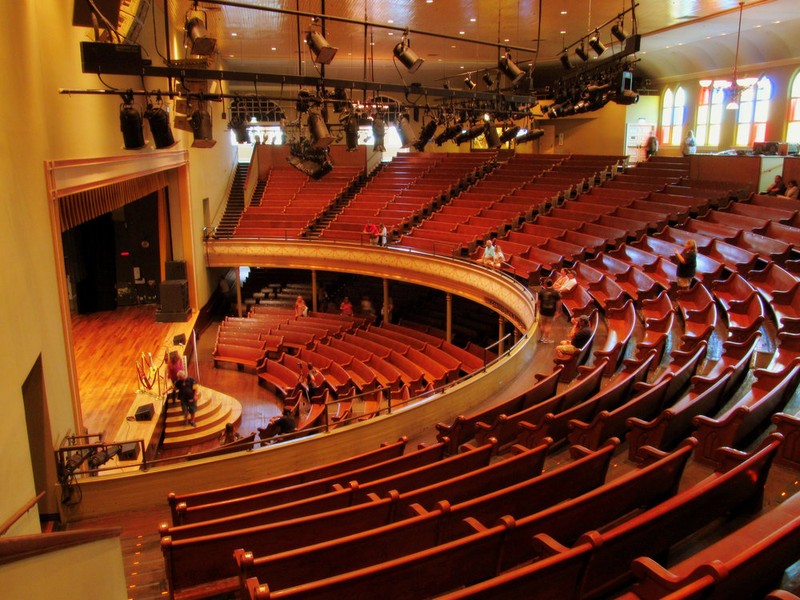
The Center Circle From the Ryman Shines on the Stage of the Grand Ole Opry
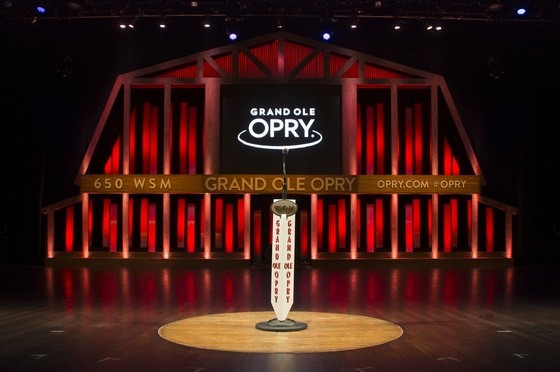
Backstory and Context
Author-Uploaded Audio
Audio by Holley Snaith
Text-to-speech Audio
The famous "Mother Church of Country Music" was built by Captain Thomas Ryman, a well-known gambler in Nashville. Ryman decided to build a church after hearing the Reverend Samuel Jones speak at a tent revival. Ryman was so moved by the preacher's words, he vowed to raise the funds for a building so Jones did not have to give his empowered sermons in tents. It took a total of seven years to build the church, but in 1892, the Union Gospel Tabernacle was finally completed. Reverend Jones suggested the church be named after its builder, but Ryman was not in agreement with that suggestion. It was not until 1904, after Ryman's death, that the Union Gospel Tabernacle became the Ryman Auditorium. The church can seat almost 2,400 people and the pews are curved to face the orchestra, evoking an ancient Greek theater look.
In the beginning, the Ryman Auditorium was deep in debt and booked boxing matches and concerts in attempt to make money. Even New York's Metropolitan Opera performed at the Tabernacle in 1901. The person in charge of doing the booking was a woman by the name of Lula C. Naff, who went by L.C. because of the male-dominated industry, and Lula became the premiere booking agent in Nashville. Naff is credited with earning the Ryman the nickname " the Carnegie Hall of the South." Besides entertainers, Naff also booked influential figures to speak. The illustrious list includes: Theodore Roosevelt, William Taft, Helen Keller and Annie Sullivan, and Eleanor Roosevelt.
In 1943, the famous Grand Ole Opry moved to the Ryman Auditorium to fit its increasing number of attendees. Thousands of performances would take place on the worn-out wooden stage over the next twenty-one years. In 1949, a young singer named Hank Williams performed on the Opry for the first time singing "Lovesick Blues." The crowd was so enthusiastic he was called back for a record number of six encores. Elvis Presley played the Opry in 1954, and Johnny Cash and June Carter met backstage at the Opry in 1956; the couple would marry twelve years later. The Grand Ole Opry eventually outgrew the Ryman. The area backstage where performers would mingle before sets was notoriously cramped, there were no changing rooms, few technological accommodations were available, and, there was no air conditioner. On March 15, 1974, the last Opry performance was held at the Ryman and the show moved to The Grand Ole Opry House at Opryland. Just before the Opry relocated, an eight foot square of wood was cut from the Ryman floor and carved into a circle six foot in diameter. The circle remains in the center of the Opry stage.
Once the Opry left Downtown Nashville, the area began to decline. National Life Insurance, the company that owned the Ryman, announced plans to bulldoze the historic church, but locals and country music singers balked at the notion and banded together to save it. After it was saved from demolition, the Ryman sat empty for over a decade. That changed in the early 1990s when singer Emmylou Harris held a series of performances at the Ryman. Only 200 people were allowed inside due to the fact that so much of the building was deemed condemned, especially under the balcony. These performances regained interest in the one-hundred year old church, and a multi-million dollar renovation took place, revamping the exterior and interior. In 1998, the Grand Ole Opry returned to the Ryman for a short period of time, and now, the Ryman hosts the Opry from November to January. The Ryman Auditorium continues to host musicians of all genres and remains one of the most historic buildings in Downtown Nashville.
Sources
Grand Ole Opry, Ryman. Accessed July 29th 2020. https://ryman.com/history/opry/.
Ryman Auditorium, Trolley Tours. Accessed July 29th 2020. https://www.trolleytours.com/nashville/ryman-auditorium.
Burchard, Jeremy. The Remarkable History of the Ryman, 'The Mother Church of Country Music', Accessed July 30th 2020. https://www.wideopencountry.com/a-look-back-at-the-storied-history-of-the-ryman-auditorium-125-years-later/.
Stager, Claudette. Ryman Auditorium, SAH Archipedia . Accessed July 30th 2020. https://sah-archipedia.org/buildings/TN-01-037-0070.
Blair, Morgan. THE HISTORY OF THE GRAND OLE OPRY’S ICONIC CIRCLE OF WOOD, Grand Ole Opry. May 20th 2019. Accessed July 30th 2020. https://www.opry.com/story/the-history-of-the-grand-ole-oprys-iconic-circle-of-wood/.
Trolley Tours
Classic Country Music
Tennessean
Ryman
Tennessee Virtual Archive
The Music City Life
Country Music Tattle Tale
